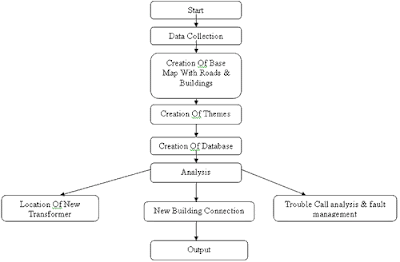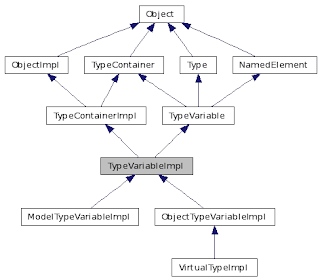Ingenieria de Software
Cada diseño de software y técnica de documentación es único, dadas sus características de visualidad y estructura.
Una vez que los programas esten terminados deben de recibir mantenimiento.
Técnicas de Diseño y Documentación
La documentación documentación permite que los usuarios, programadores y analistas vean,elsistema, su software y procedimientos sin tener que interactuar con él.
A veces a documentción proporciona un panorama del sistema mismo.
Se documenta el software y los procedimientos para que estén codificados en un formato que pueda ser fácilmente accesado.
programación.
Una documentación bien hecha acorta la cantidad de horas requeridas por, las nuevas gentes, para que aprendan el sistema antes de realizar el mantenimiento.
Diagramas de Warnier
Los diagramas de warnier son útiles debido a que son compatibles con las técnicas de programación estructurada y son fáciles de desarollar.
Los diagramas Warnier son fáciles de leer y más fáciles de modificar que las gráficas N-S.
Método HIPO
HIPO son las siglas de jerarquía (más) entrada/proceso/salida. Las sigas nos proporcionan una descripción y una ayuda de memoria sobre lo que trata esta técnica.
El método HIPO tiene entrada, proceso y salida.
El método HIPO permite una vista macro de la entrada, proceso, y salida, por lo tanto se le menciona como un diagrama panorámico. Es útil listar todas las entradas, procesos y salidas en las tres secciones del papel sintrazar los símbolos especializados.
Las entradas incluyen un archivo de inventario antiguo y registro de transacciones.
Los procesos incluyen módulos, y las salidas del sistema incluyen un archivo nuevo de inventario, reporte de inventario diario y reporte totales.
Se identifica en medio de entrada con los símbolos más específicos usados en los diagramas de flujo.
Diagramas de Nassi-Schneiderman
Es un enfoque más estructurado, pero un poco menos visual, para el diseño y la documentación es la Gráfica de Nassi-Shneiderman (N-S).
La principal ventaja de la gráfica N-S es que adopta la filosofía de la programación estructurada.
Usa una cantidad limitada de símbolos, por lo que el diagrama de flujo ocupa menos espacio y puede ser leído por personas que estén familiarisados con los símbolos usados.
La principal ventaja de la gráfica N-S es que adopta la filosofía de la programación estructurada.
Usa una cantidad limitada de símbolos, por lo que el diagrama de flujo ocupa menos espacio y puede ser leído por personas que estén familiarisados con los símbolos usados.












